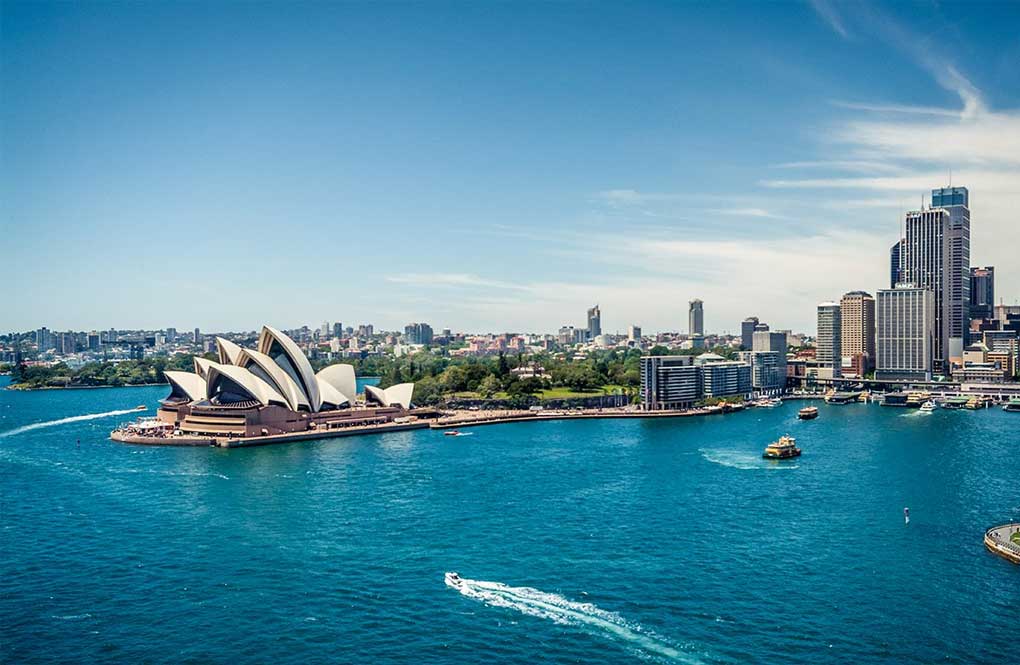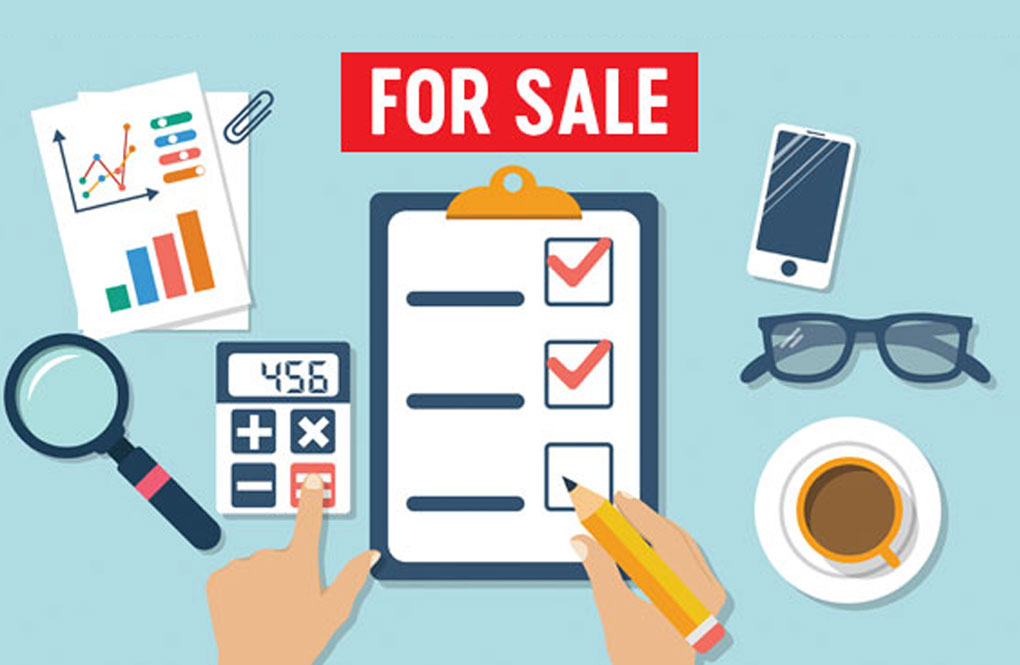Another year over and again it seemed to fly by – despite all of the challenges thrown at us in 2020. It is pertinent at this time of the year to reflect on the year that was and look forwards to what might be in 2021. Given the complementary feedback from 2019’s review we have decided to stick to the same structure and focus on the same four key indicators.
Average Sale Price
| 2017 | 2018 | 2019 | 2020 |
| $3,512,000 | $1,741,000 | $2,851,000 | $1,562,136 |
This year there was a significant shift in the collective perception of buyers’ confidence in their ability to improve an existing business. Historically buyers would invariably think that they can significantly improve the profitability of the pharmacy they are considering purchasing. Over the last 12 months buyers appeared to become more conservative in their assessments of potential business upside and consequently AP Group experienced increased demand for pharmacies offering consistency and security of future returns.
These buyer behaviours were consistent with the forecasted trend in AP Group’s review of 2019 and subsequently the volume of high value pharmacies sold by AP Group increased again in 2020. The expected impact of this trend is to increase the average market sale price however this is not immediately reflected in the 2020 average of $1.56M. This can be attributed to an increased number of sales of distressed businesses which came to market via administrators – primarily within major shopping centres. Without the distressed sales in the annual statistics, the average sale price was significantly higher at ~$3,300,000.
To summarise: Prospective buyers are predominantly seeking investments which offer long-term security as opposed to an asset that they hope to appreciate through improved operations.
Capitalisation Rates:
| 2017 | 2018 | 2019 | 2020 |
| 16.6% | 19.9% | 18.5% | 15.25% |
While cap rates are generally considered the most reliable indicator of market performance, we are often reticent to make direct comparison across years as many factors can impact cap rates without altering the true value of pharmacies. It is still worth reflecting on in conjunction with all factors affecting values and in 2020 AP Group saw a reduction in the average cap rate which was directly reflective of the increased demand for strong pharmacy assets. Three key reasons AP Group believe capitalisation rates came down in 2020:
- Despite a few exceptions, pharmacy businesses performed strongly during COVID-19 lockdowns and restrictions when compared to other retail businesses. The performance drove confidence in investing in pharmacy when compared to alternative investments;
- Money is effectively cheap at the moment with AP Group seeing some lenders offering as low as mid 2% range for secure businesses. Low interest rates translate to a greater portion of EBITDA being returned to the business owner and as such allowing the operators to purchase based on lower capitalisation rates; and
- The finalisation of theSeventh Community Pharmacy Agreement offered a further 5 years of security over income and ownership laws for the industry and subsequently increased buyers’ confidence in investing in Pharmacy for the long term.
Time on Market
| 2017 | 2018 | 2019 | 2020 |
| 2 weeks | 6 weeks | 4 weeks | 2 weeks |
Lack of supply coupled with increased competition was clearly evidenced in a massive reduction in the average time on market for a Pharmacy Business. AP Group measures time-on-market from the moment a listing is released live on the website to the signing of a Heads of Agreement.
Buyers quickly became aware of the sheer number of competing buyers for each listing with some buyers missing out early in the year purely through speed of action. Through the year buyer diligence in completing speedy reviews of business data increased dramatically with many buyers ending the year with much faster processes to ensure they didn’t miss opportunities through timeliness. Increased competition and speed of submission of offers translated well for AP Group Vendors with ~80% of AP Group listings receiving Offers at or above bank valuation in 2020.
Time to Settle
| 2017 | 2018 | 2019 | 2020 |
| 4.7 months | 5.2 months | 4 months | 4.2 months |
Whilst still important to consider, this market indicator is somewhat less useful this year due to being heavily influenced by COVID-19 restrictions. Typically, ‘Time to Settle’ is a critical indicator of the strength of the market as it represents the longest phase of the sale process and is directly influenced by major financier appetites for lending.
In 2020 process inefficiencies caused by COVID, primarily within banks and major landlords, had a significant impact on the ability to achieve a timely settlement – these are certainly not trends AP Group expects to continue into 2021. Interestingly, earlier in the year (before COVID-19 lockdowns) AP Group average settlement time was reducing year on year with marginally faster settlements than FY19.
Also worth noting is the revamped submission process implemented by NSW Pharmacy Council in 2020 and increased scrutiny applied to all applications which likely added two weeks to the average settlement timeline moving forward.
Observations & Conclusions
2020 undoubtedly saw the greatest increase in the perceived value of pharmacies in any of the last five years. Comparatively strong returns and easier access to cheap capital with greater visibility around government support all contributed to the elevated attractiveness of pharmacy investments. As long as buyer demand continues to outweigh the supply of opportunities on the market, capitalisation rates will continue to fall for the foreseeable future.
The market forces evidenced through 2020 and increased buyer demand has not yet been reflected in the capitalisation rates being used by panel valuers or the major financiers and as such businesses are likely to continue to sell above valuation. The capitalisation rates used in bank valuations have remained largely unchanged which is not unusual – financiers and valuers typically prefer to see longevity in market behaviours before making internal adjustments. Unfortunately for young and first time buyers in a strong market, this can translate to difficulty in acquiring market entry opportunities as they find themselves competing with more established buyers who have access to greater capital.
Predictions for 2021
AP Group suspects 2021 may be a year of two very different halves. A lack of opportunities in the early months will see vendors continue to achieve significant premiums though this could change through the second half of 2021 as more stock hits the market. Leaving the stress and abnormality of 2020 behind and the incentive of a buoyant market for potential vendors, we may an increase in the number of available listings which come to market from March and April onwards. Subject to buyer appetites this could see sale prices come back slightly in the latter half of 2021. Given funding is likely to remain cheap and capitalisation rates likely to remain stable we may not see more than a marginal reduction in premiums paid by Purchasers.
Bushfires, droughts and global pandemics shutting country and state borders – 2020 was an incredibly challenging year which exhausted a lot of people however we are hopefully through the worst of that now.
AP Group and I personally would like to thank all of the wonderful individuals involved in the pharmacy industry for their hard work and dedication through an incredibly difficult period. You ALL did an amazing job for which you should be commended and incredibly proud of yourselves. All of Australia ought to be grateful for your effort and your sacrifice, and we hope that you have a very Merry Christmas and a well-earned rest over the New Year period.
– Jack Brown, Partner and NSW Sales Manager at AP Group













